Beginning in Photography: Understanding the Light |  |
- Beginning in Photography: Understanding the Light
- Interesting Photo of the Day: The World’s Tallest Palm Trees
- Skydiver Captures Rare Meteorite on Camera as It Nearly Hits Him (Video)
- How to Use Photoshop to Create Multi-Image Composites (Video)
| Beginning in Photography: Understanding the Light Posted: 06 Apr 2014 03:23 AM PDT Understanding how different lighting affects an image is half the work of creating better photos. This article aims to give a brief overview of the different types of light you might encounter as a photographer and how to use each type to your advantage. Direct lightLooking through the family photo album the other day, I noticed a recurring theme: photo after photo of us squinting into the sun, looking like ghosts with our flat, white faces and dark holes where our eyes should have been. This is one of the most common mistakes people make when taking photos in direct sunlight. By standing with your back to the sun, you effectively flatten out the light and therefore your subject. All of those interesting lines and textures disappear, and you are left with a one-dimensional image. If you are shooting a portrait, you force your subject to look directly into the sun. This makes it difficult for them not to squint or contort their faces into all sorts of unappealing shapes. If you are shooting in the middle of the day, when the sun is high, the shape of your subject’s brows can also create dark shadows over their eyes, effectively removing the most effective feature in a portrait. This kind of light does have its advantages, especially early in the morning and late in the afternoon when the sun is low in the sky. The light tends to be more golden and can cast a warm glow over subjects to create some amazing colors. It is for this reason that landscape photographers like to shoot at these times of day. It is also quite flattering for people, as the need to squint is less, and late afternoon light has a way of highlighting a person’s eyes. Diffused lightDiffused light is non-directional light, where the intensity of light is even. For example, an overcast day provides diffused light. This light is fantastic for portrait photography, as it creates little or no shadow on a person’s face. This is quite flattering to most people. For the same reason, diffused light is also useful in macro or close-up photography. The evenness of light allows you to capture detail in your subject that might otherwise be lost to overblown highlights or deep shadows if taken in direct sunlight. There are some instances where this kind of lighting can be detrimental to a picture. For instance, landscape photography. Taking a picture of an expansive scene with a flat grey sky and dull colors through the landscape is just plain unappealing. For these instances, some sunlight is preferable to create some interest in the sky and contours of the land. Different lighting conditions are useful for different situations and different types of photography. The thing to remember is that we cannot alter the weather, but we can alter our approach to taking pictures to cooperate with it. Be prepared for all situations and have a couple of different ideas when you go out. If you want to take family portraits and find the light too harsh, find a tree or shaded setting to work in. Be inventive. Be adaptable. Experiment. Walk around your subjects to get an idea of how the light changes at different angles. No matter the lighting conditions, there is always a way to use them to your advantage. You just need to find it. About the Author Go to full article: Beginning in Photography: Understanding the Light |
| Interesting Photo of the Day: The World’s Tallest Palm Trees Posted: 06 Apr 2014 01:26 AM PDT The mighty wax palm tree is the symbol of Colombia. The ones pictured below, which are the tallest palms in the world, rest loftily in the Cocora Valley, one of Colombia’s most visited tourist destinations in Quindío, a half-hour’s drive away from Salento. The giants are an impossible 200 feet tall on average–nearly as tall as a 25-story building: This particular photo, with a beautifully desolate contrast of lush green grass and foggy gray skies, was captured by British travel photographer Alex Treadway for National Geographic. Treadway has an eye for making people look small against enveloping surroundings, and this shot–with a lone tourist’s head careening backward–is a perfect example of wide-scale composition and perspective. Go to full article: Interesting Photo of the Day: The World’s Tallest Palm Trees |
| Skydiver Captures Rare Meteorite on Camera as It Nearly Hits Him (Video) Posted: 05 Apr 2014 10:14 PM PDT When Anders Helstrup leapt from an airplane in the summer of 2012, he expected it would be like any other jump. And it was—except for one slight difference, which he only realized after the fact. While reviewing his GoPro camera footage, Anders noticed something odd: a rock falling from the sky. You can watch the full story here, produced by Norwegian public broadcaster NRK: It’s faint at first, but clearly visible: a meteorite fragment, no larger than an apple, zooms by him at 300 km/h. Anders and a documentary crew visit an astro-geologist, who deduced that the rock was what’s called a “breccia”, a part of a meteorite from an asteroid belt between Mars and Jupiter. It fell into the gravitational pull of the sun and kept falling, at a velocity five times faster than a bullet, and by chance got caught in earth’s gravity. (Via PetaPixel)
The search is now on for the asteroid, which could be anywhere near the Østre Æra Airport in Hedmark. It’s possible that, given the intense trajectory, the rock buried itself deep into the ground somewhere. But local Norwegian geologists aren’t giving up hope: this is too rare an opportunity. Never before has a meteorite been captured in what’s called its “dark flight” stage—that’s when it shoots straight down, instead of an an angle.
Go to full article: Skydiver Captures Rare Meteorite on Camera as It Nearly Hits Him (Video) |
| How to Use Photoshop to Create Multi-Image Composites (Video) Posted: 05 Apr 2014 04:56 PM PDT Some people see image manipulation as a sort of cheat to get a good a photograph, and in some cases they are correct. But, in terms of composite photography, which Sean Duggan talks about in the presentation below, it gives photographers the ability to take everyday objects and turn them into something much more magical: Composite imaging is the process of taking multiple images and layering them together to sculpt a new, sometimes imagined scene. Some composite images are very obviously composited–even despite masterful Photoshop skills, while others may be hard to recognize.
Go to full article: How to Use Photoshop to Create Multi-Image Composites (Video) |
| You are subscribed to email updates from PictureCorrect Photography Tips To stop receiving these emails, you may unsubscribe now. | Email delivery powered by Google |
| Google Inc., 20 West Kinzie, Chicago IL USA 60610 | |
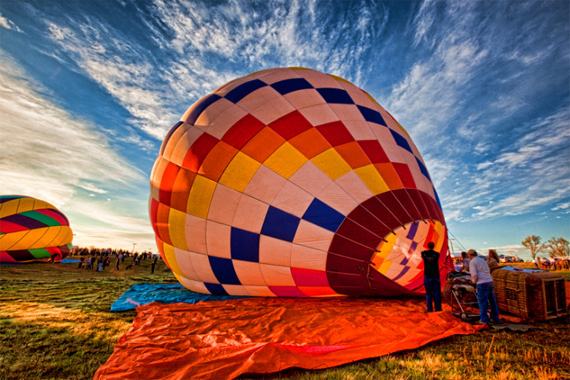
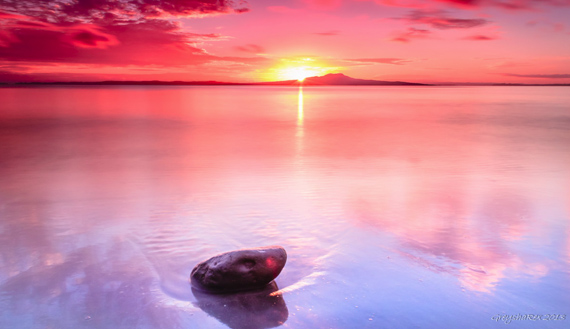
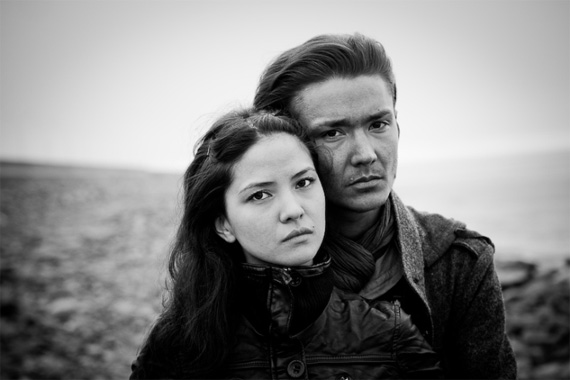

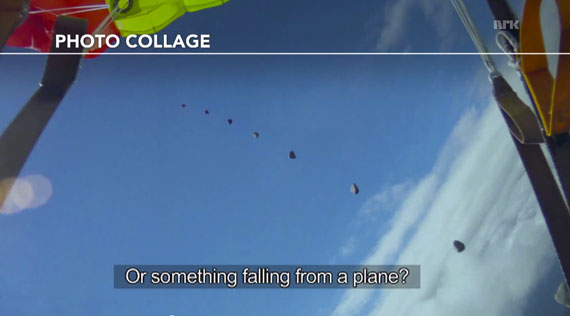
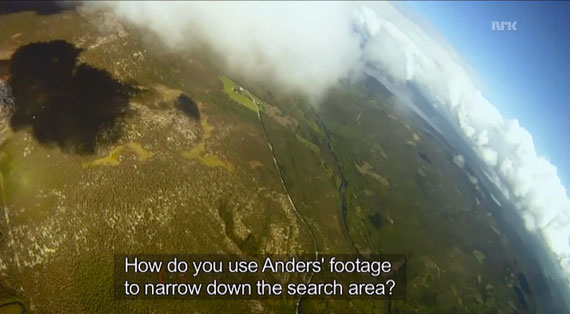
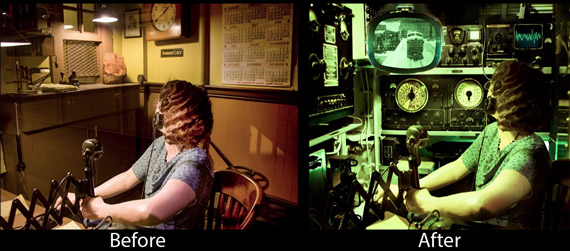 Duggan shares a lot of insights into the entire process of creating composite images–starting with the thinking process that begins before you even take an image–and continuing on all the way through to post-production, where the image that you imagined begins to come together.
Duggan shares a lot of insights into the entire process of creating composite images–starting with the thinking process that begins before you even take an image–and continuing on all the way through to post-production, where the image that you imagined begins to come together.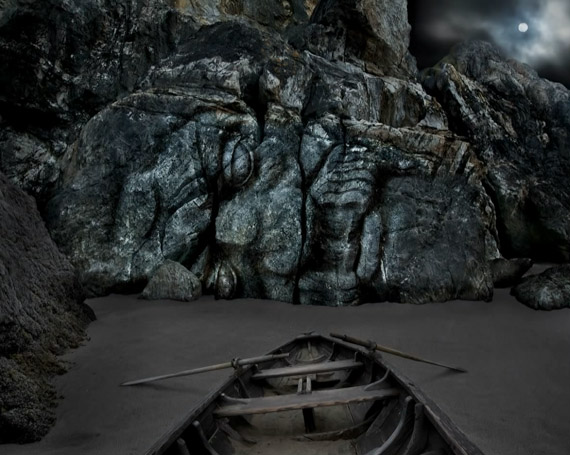

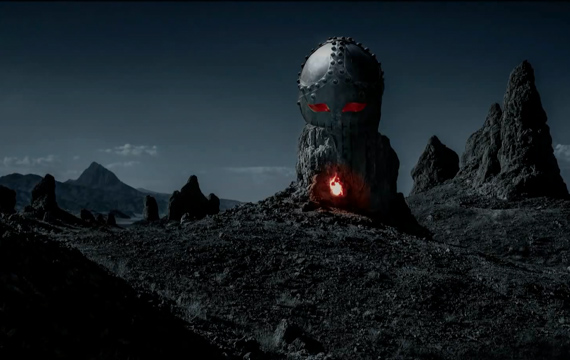
No comments:
Post a Comment